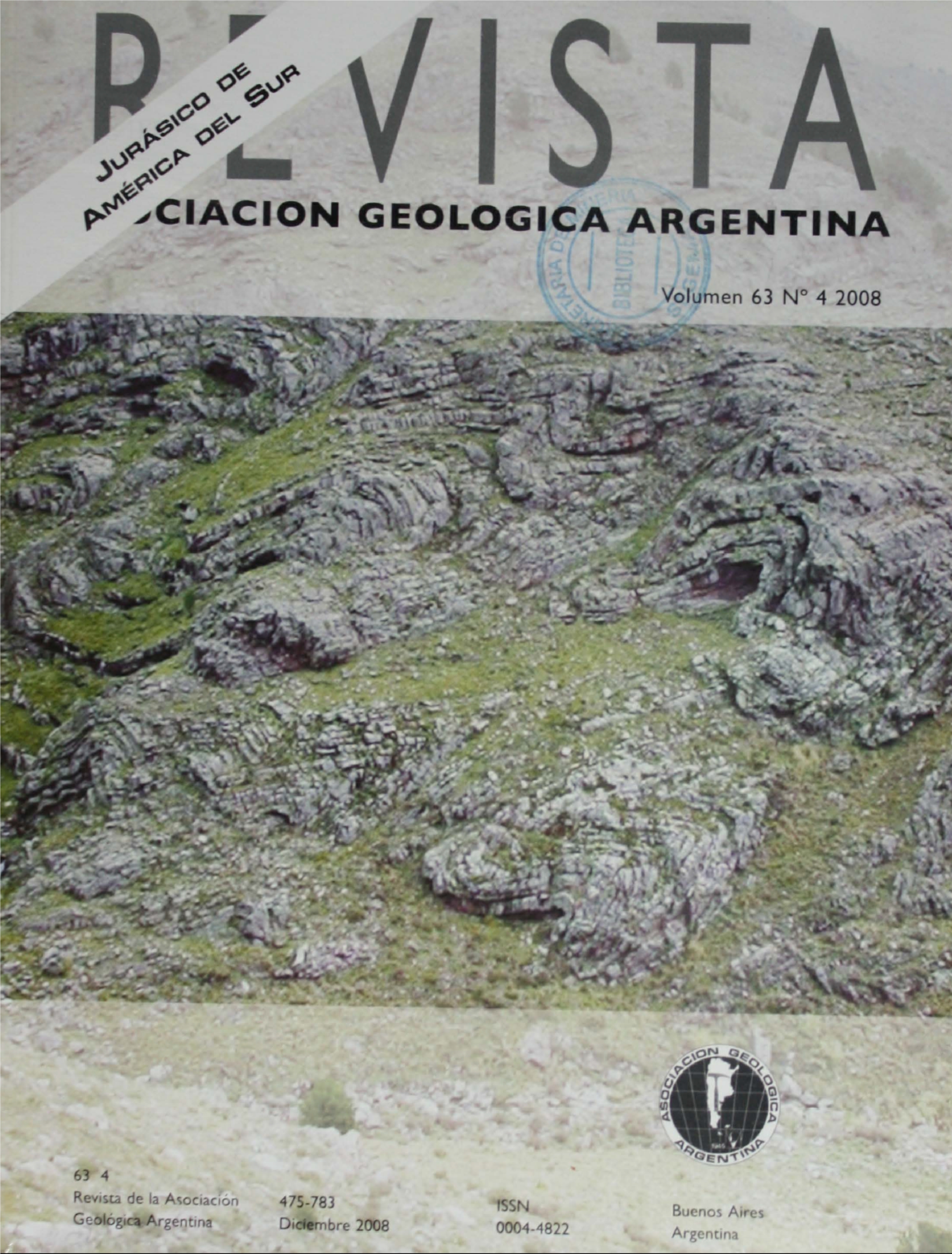Gold and silver deposits related to Jurassic Patagonian volcanism: review and perspectives for exploration
Main Article Content
Abstract
Potential for gold-silver mineralization related to Jurassic magmatism in Patagonia was only recognized 20 years ago. At the present the Au+Ag resources exceed 700 t in three world class deposits (> 100 t Au Eq), several smaller ore deposits and many prospects in exploration stage. The deposits are hosted in silicic and mesosilicic volcanic and volcanic-sedimentary Jurassic rocks (occasionally older) related to arc or back-arc settings in Andean or extra-Andean environments. The ore geology, textures, mineralogy and geochemistry of these mineralizations indicate that they are epithermal deposits, and are mainly associated to the quartz ± calcite ± adularia ± illite assemblage of the low and intermediate sulfidation types. Based on their metallic association, the deposits were divided into: a) Au-Ag and Ag>Au, b) polymetallic with Ag-Au or only Ag and, c) complex polymetallic mineralizations with Ag-Au. The deposits form tectonically controlled veins with only one example where strong lithological control dominates. The few hydrothermal minerals and hostrocks dates, suggest that the hydrothermal activity is several millions years younger than the peak magmatism. The sinter, carbonate-lacustrine deposits and silicic lithocaps related to steam-heated waters in the water table suggest regions or tectonic blocks with potential for epithermal systems at depth. The mineralizing fluids are dilute to low-intermediate salinity waters with temperatures between 160 to 330ºC. Extensional fracturing developed in the Jurassic volcanics and the influx of meteoric waters in the geothermal systems are considered the main controls in the ore genesis.
Article Details

This work is licensed under a Creative Commons Attribution-NonCommercial 4.0 International License.
Nota de copyright
Los autores conservan los derechos de autor y garantizan a la revista el derecho de ser la primera publicación del trabajo licenciado según una licencia de atribución Creative Commons que permite a otros compartir el trabajo con el reconocimiento de la autoría y de la publicación en la que se publicó por primera vez.
Declaración de privacidad
Los nombres y direcciones de correo electrónico introducidos en esta revista se usarán exclusivamente para los fines declarados por esta revista y no estarán disponibles para ningún otro propósito u otra persona.

